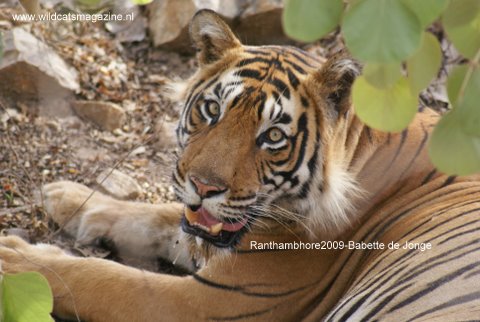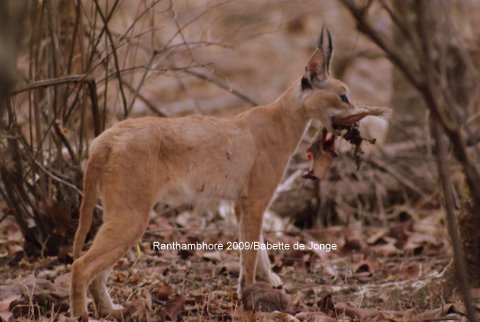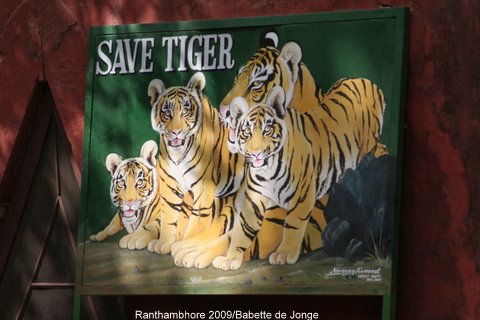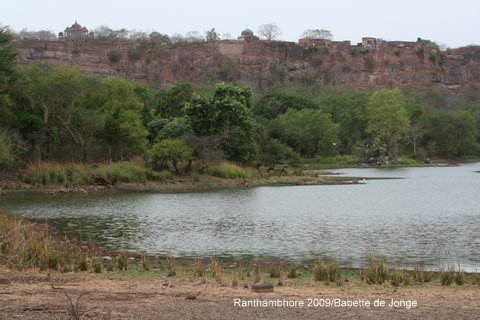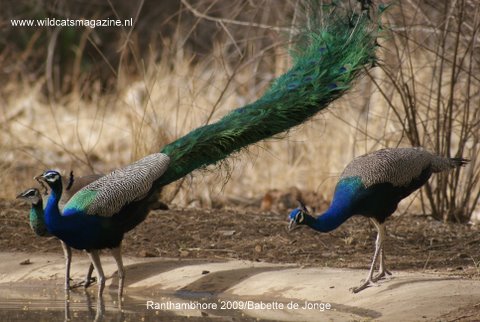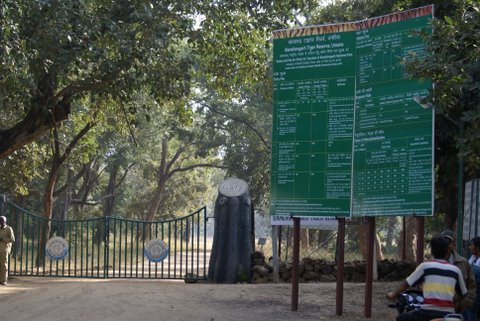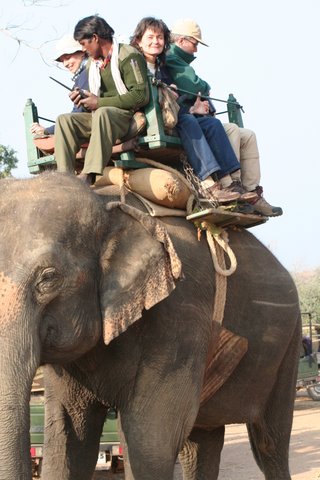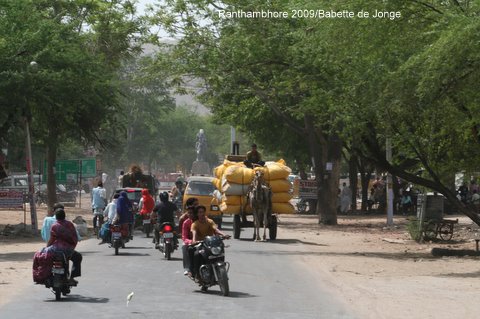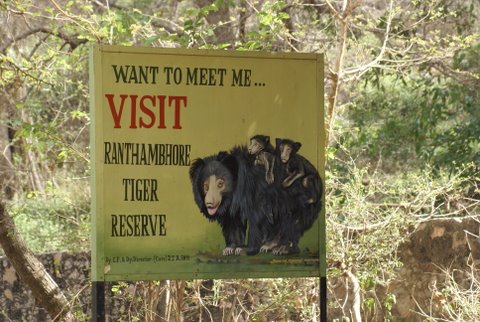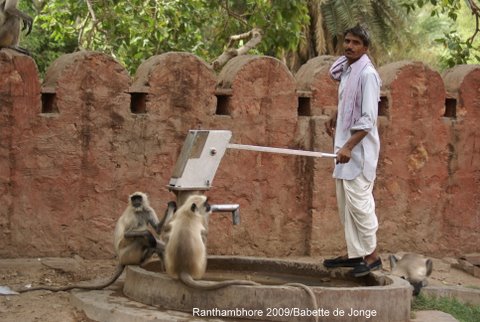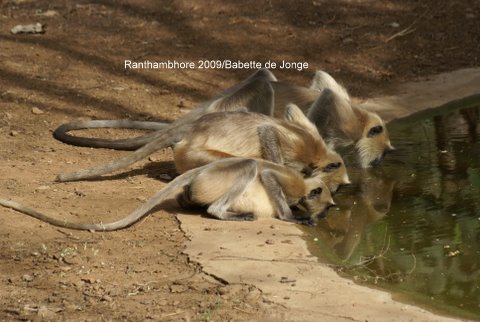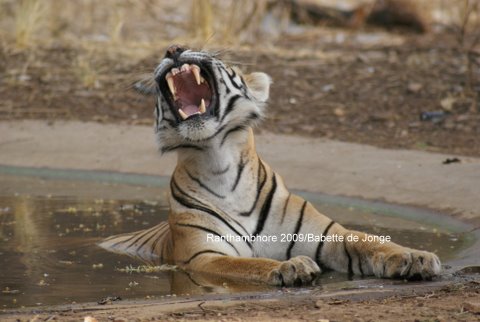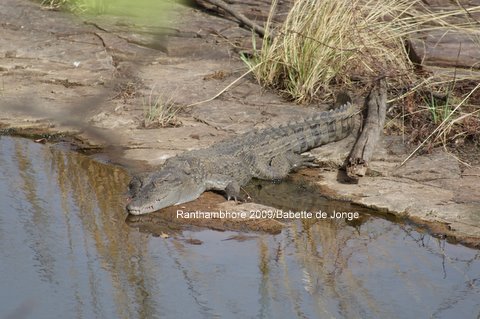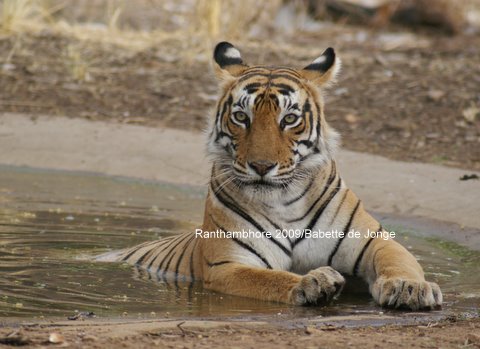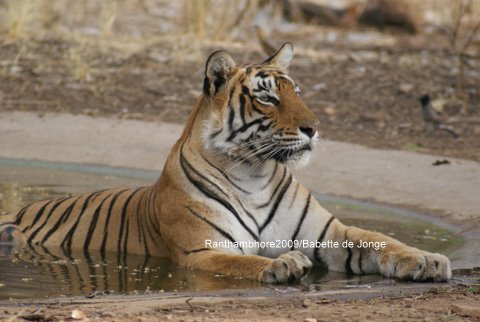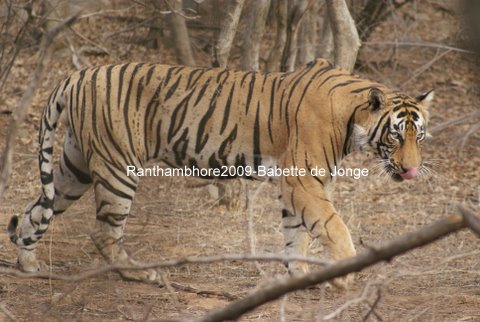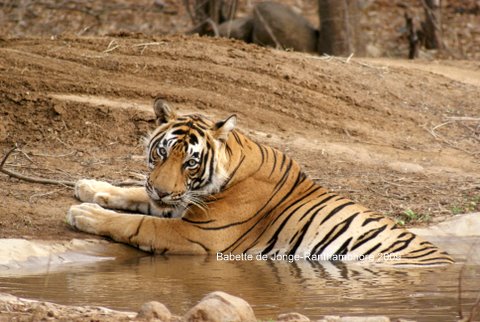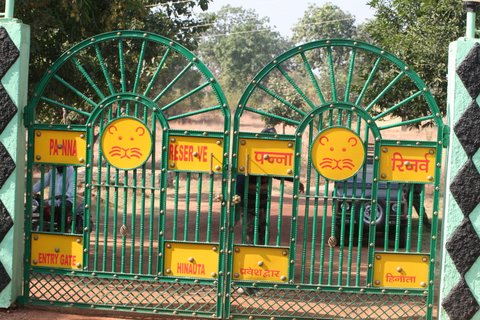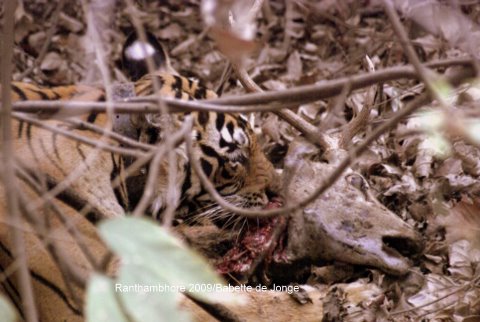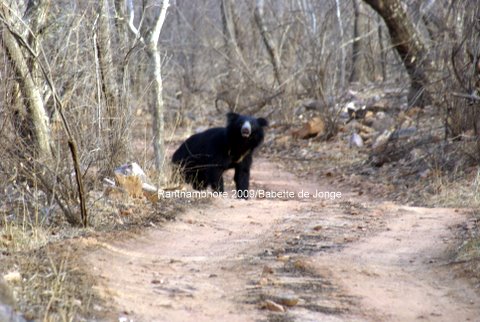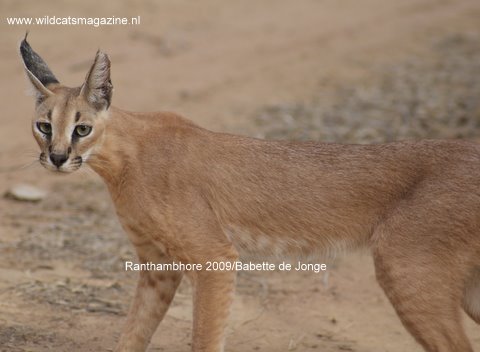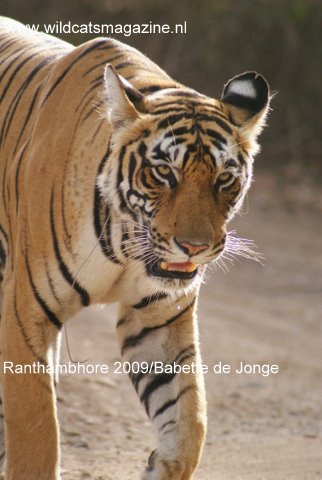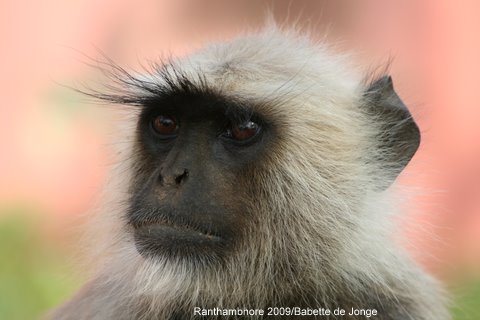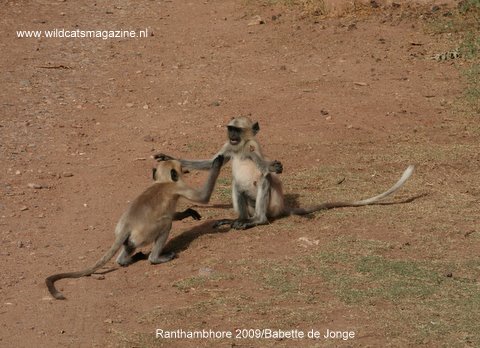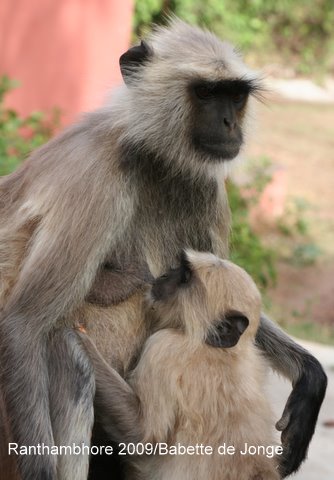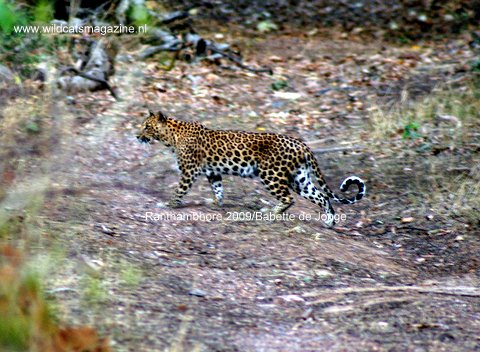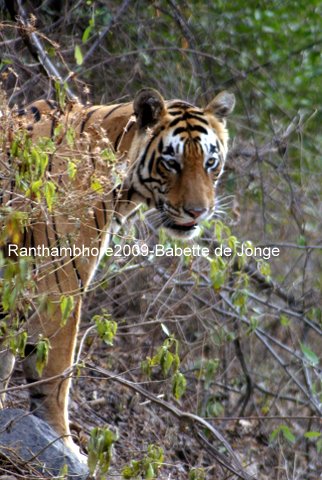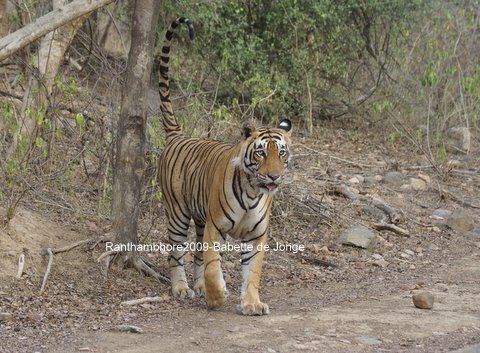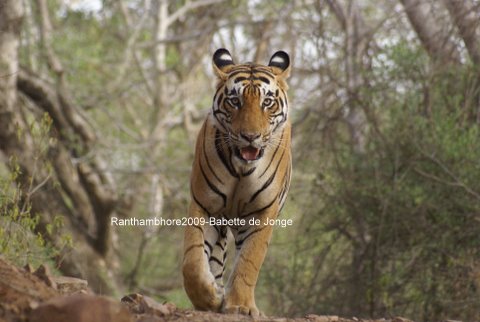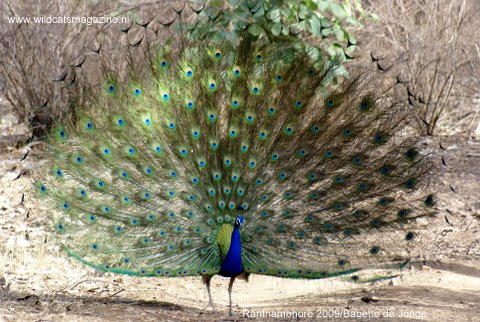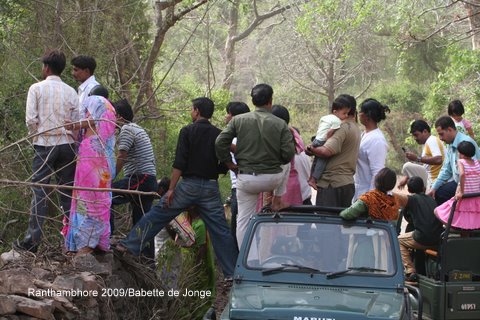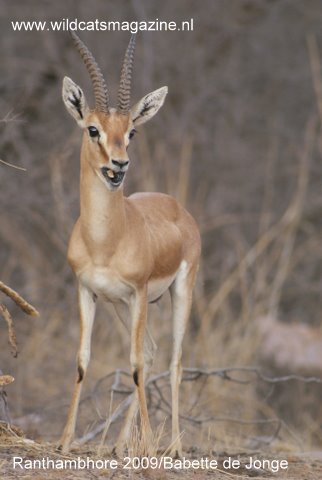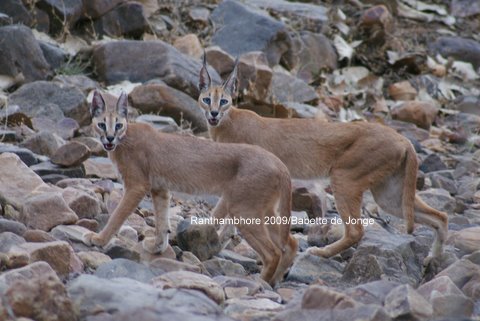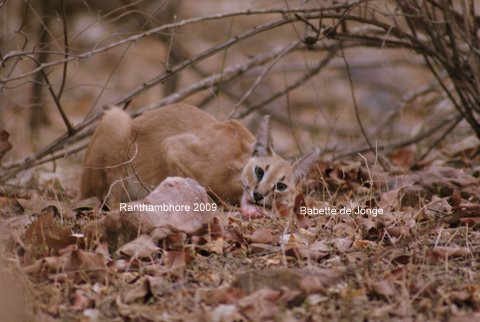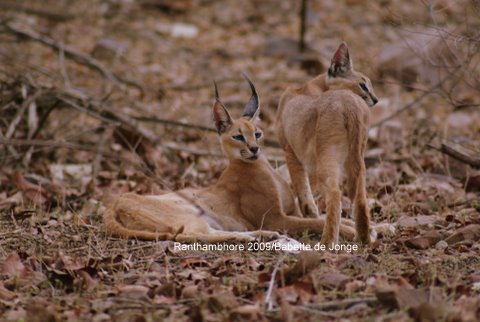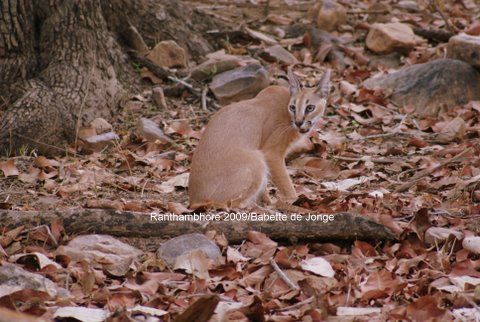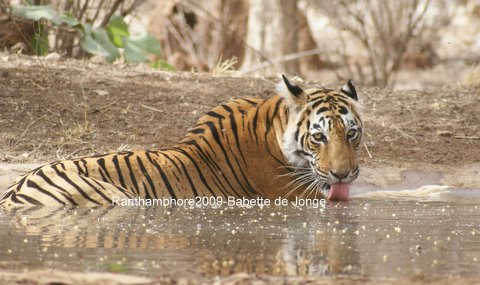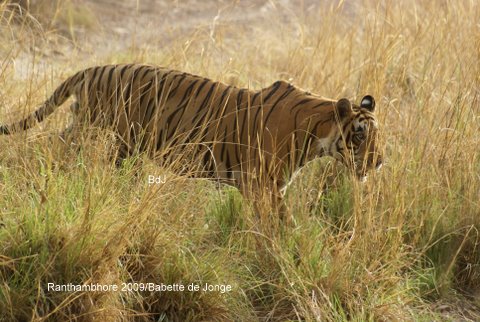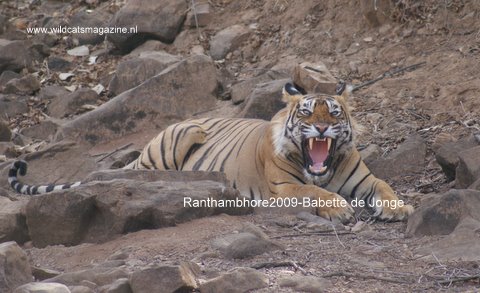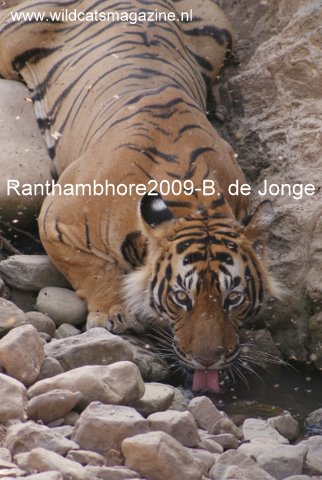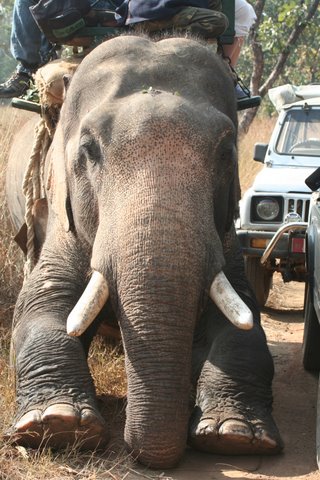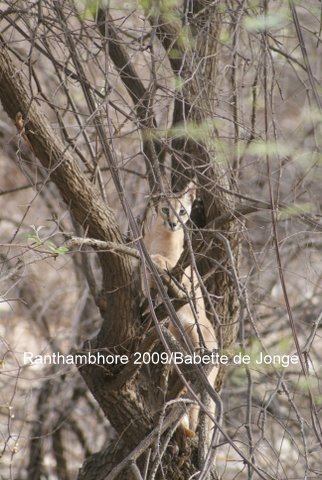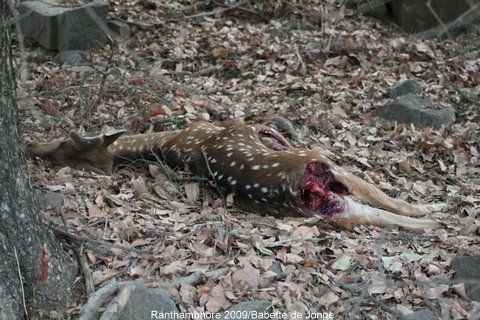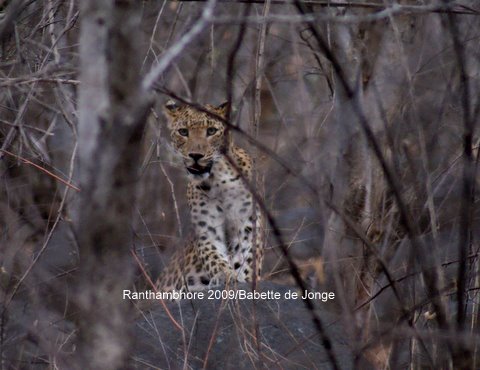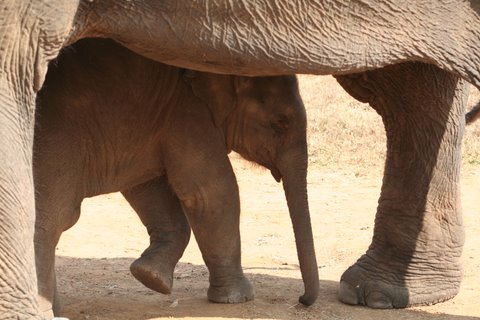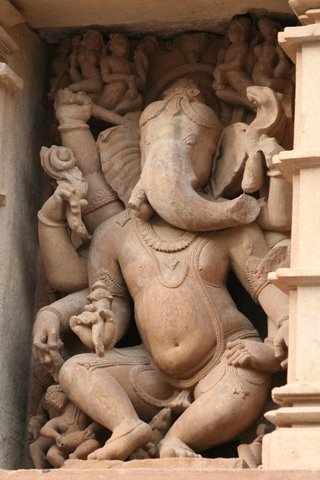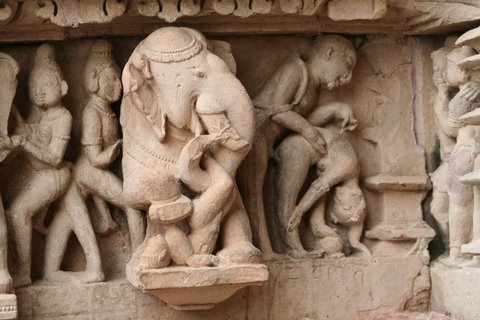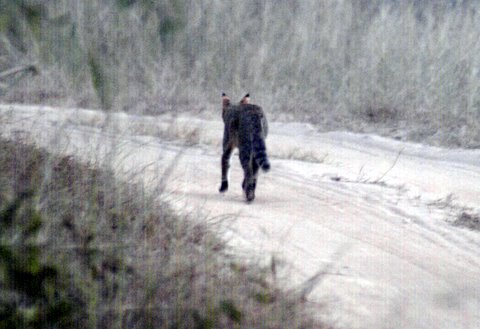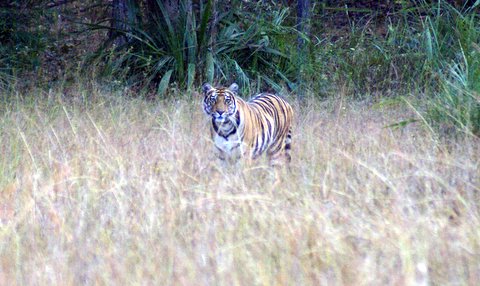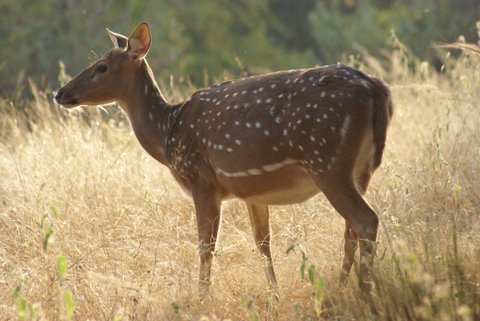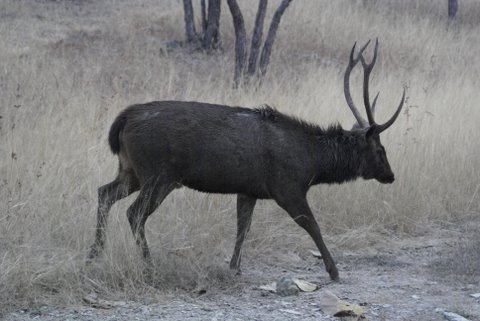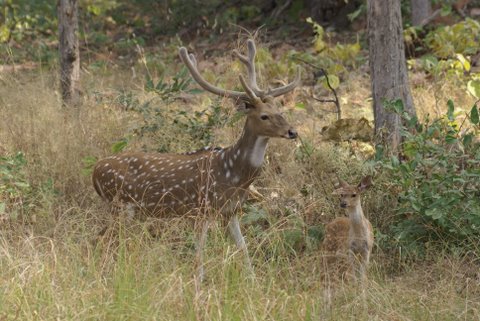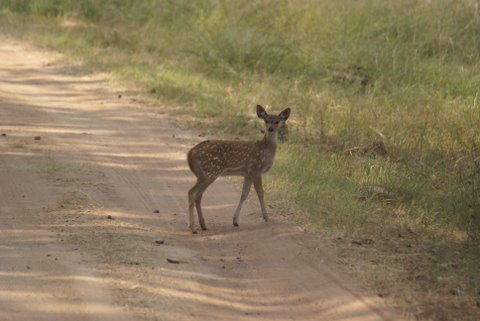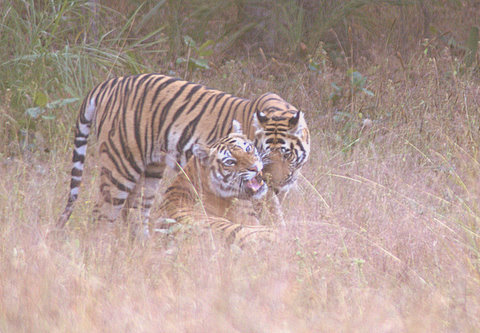
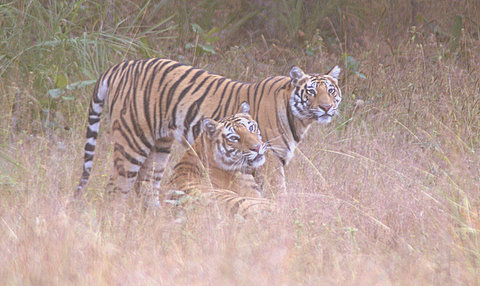
Wild Cats in India
In the jungle: to hear, see, experience! India is a jungle. You better take care. Never walk alone after midnight. And if you don’t believe it. You better be aware of me. I am behind you. I’ll always find you. I am the tiger. People who fear me. Never go near me. I am the tiger..(B. Ulvaeus). It seems to be quiet. Utter silence, except for the sound of vehicles with tourists hoping to see the tiger. Life appears to be dead. You can drive for hours not seeing any animals. Then suddenly there is the alarm call, by langurs, spotted deer (chitals) or sambar. The king (or his smaller cousin, the leopard) is on the move. The silence turns into madness; all vehicles try to follow the sound, all tourists get excited whether or not they may see a glimpse of what they were coming for. Dust everywhere! We are in the jungle! To be in India is a completely new experience to me. Having arrived on Delhi airport, you got overwhelmed by heat and smog, too many cars everywhere, loud noise of tooting. Having met our fellow-travellers we knew we would have a great time. We still had a long journey by train (16 hours) ahead of us to reach our first destination: Umaria. Overnight on a train in II class air-conditioned 4 berth open sleeper with packed snacks on board, didn’t mean much sleep, with the sound of mice and snoring people. But anything, for a meeting with the king of the jungle: the tiger! In Umaria we met our guide Shekhar Kolipaka. He’s a wildlife biologist specialising in studying the wild cats of India, esp. the lesser cats. It was fun to hear that he also studied cats in Ouwehand zoo in Holland, our favourite zoo to watch tigers, so having a lot in common, we knew the trip would be even more interesting than we thought it would be. But now the biggest task still had to begin: finding tigers!
In Umaria we visited the Bandhavgarh tiger reserve. One of the last remaining habitats of the Royal Bengal Tiger. This National Park offers visitors a glimpse into the life of this beautiful animal. Though it is said you have the best chances to see tigers in this park, there’s still an announcement at the entrance saying you must not get your hopes too high, otherwise it could turn out to be very disappointing. Easier said than done of course. Everybody loves to get a glimpse of their favourite animal. And we were very lucky having seen not just one, but four tigers. It’s unbelievable how well the driver spotted a pack of stripes lying far away in the long, yellow grass. But no doubt it was a tiger and not just one, but three. We stood there for a while (just our two vehicles) watching the youngsters (one looking much smaller than the other one though!) interact with each other. Esp. the smaller one wanted to play, stalked the bigger one and jumped to him. Lovely to have the opportunity to watch this. After a little while two more vehicles were coming and at this time the tigress, mother of the two youngsters, came and made it clear that they had to leave. The younger tiger was at first a bit reluctant to leave and tried to challenge her mum to play, who made it clear it wasn’t the time to play. She probably thought it was getting to busy with all vehicles and so we saw them all three disappear in the thick forest. After this we needed some time to realise we actually saw tigers in the wild. A dream had come true! Awesome! On our final day we also saw a tigress stalking. It was quite in the distance but still, we could see her. Tried to see her on an elephant too though we just missed her. Must admit we have a bit mixed feelings as for the elephant shows. The ‘circus’ people make out of seeing a tiger of leopard goes too far and sometimes the National Park looks like some kind of a zoo, or even worse. When a tiger or a leopard lies down to have a rest, patrols on elephants go to this spot and after this a ‘tiger show’ or ‘leopard show’ starts. Everybody has to wait for their turn to go near these cats on an elephant. Most of the time they are already on the move again. Of course you want to see them close, but the thought of chasing them doesn’t feel right at all!
But the experience to be on an elephant is great and so we did have a ride to explore the jungle. Again life in the jungle appears to be dead, as there’s not a single animal around, except for a few spotted deer and a langur. It’s unbelievable how well-trained the elephants are though. We never forget seeing a young elephant of just two months and 15 days old. So cute! Another cat we saw was the jungle cat, with his tall legs he’s bigger than a domestic cat. When we saw him he jumped from the road into the bushes, so we thought we scared him off but this wasn’t the case as instead he was chasing a mouse and got him. It was great to see him jump in the air and catch his prey. After a quick bite he walked away, very relaxed, on the road again until another car was chasing him. Unbelievable with such disrespect some people behave towards animals and nature. Tigers sometimes catch and eat jungle cats, whenever they got the chance. The problem for tigers in Bandhavgarh seems there’s not enough space for all tigers, esp. male tigers do need a big territory. This is why there’s no fresh blood coming in, all tigers are related, and some young animals who can’t find a territory of their own are going to live outside the protected area of the National Park. Two young tigers (male and female) were living near our lodges and the male one even killed some cow in the village, so this is going to be a big worry. For how long the villagers will put up with this. We already saw two traps on the (illegal) fence, where the tigers and other animals often go through. We removed the traps for now, but what will happen after we left? Once there was a tiger in Bandhavgarh named Charger and he was a king amongst kings. All tourists knew him by name. He was a legend and a superstar. He was called Charger as he used to charge at elephants carrying tourists and at vehicles of which he despised the sound of the engines. He lived to be seventeen and whole Bandhavgarh belonged to his territory. All present tigers are somehow related to Charger (and his former wife Sitah). He was honoured with a special grave. Was nice to see this grave on our trip as well. Anyway, the problems the tigers are facing is the reason I’m writing this story about India with mixed feelings. We had an unforgettable time, but it was even harder to realise how bad the situation for the tigers in the wild really is. And which problems has to be overcome first before we can be sure the government will make the right decisions to try and save the tigers, the ones that are left. Not 3000-5000 or 1500 tigers left in the wild in India, but just 750, according to the latest statistics. Our next destination was Panna Tiger Reserve. We haven’t seen any tigers during our stay here and we realised the reason is that there are not so many left. So a big territory but not many tigers. A different problem to the one in Bandhavgarh. Raghu S. Chundawat is one of India’s foremost wildlife biologists. He spent over eight years studying the behaviour of wild tigers in Panna National Park. First there were many tigers but then they all seemed to have disappeared. When Raghu shared his concerns and his accusations towards the Park Management with the press, he was instantly thrown out of the Park and out of a job, as he wasn’t welcome anymore in any of the other Tiger Reserves. The sudden disappearance of all tigers happened in two other tiger reserves as well. In Sariska and in Rajasthan. Incapability of the Park management and corruption were the reasons for this. This will probably be the biggest problem in all tiger reserves in India. Besides, the government and politics do not find it as important to save the tiger since the economical deliberation of India in the 90s. The forests are used for commercial purposes. The disappearing of the forests mean another threat for the tiger. We have to make them realise that more money can be earned from a tiger alive (tourism) than from a dead tiger.
